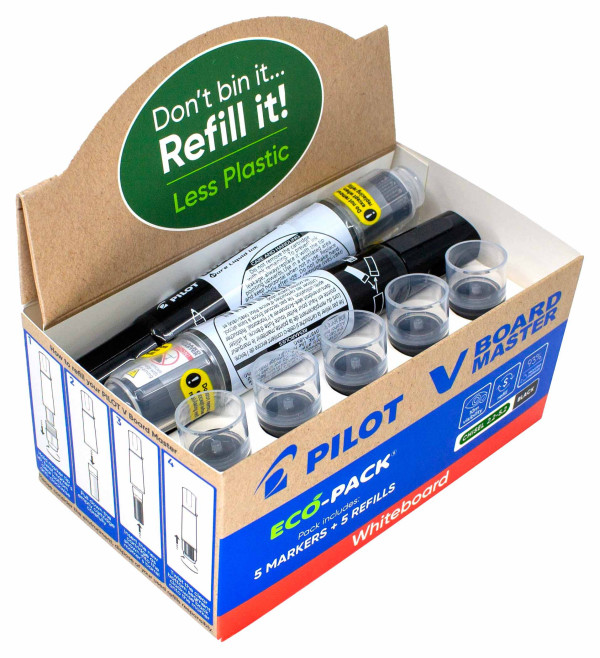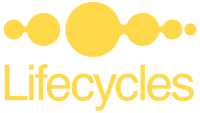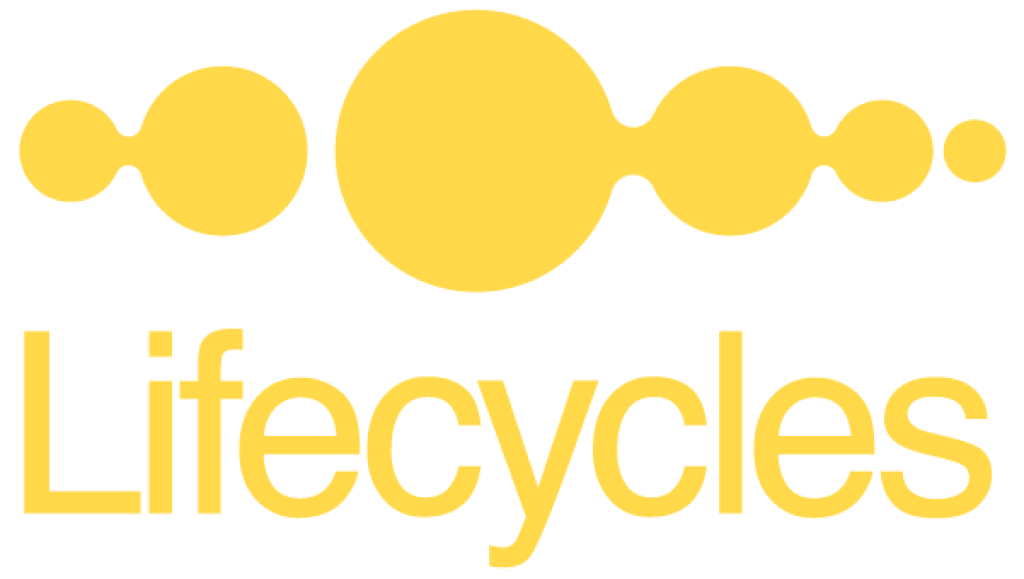Thanks to our work with Lifecycles Australia, we can help calculate the efforts of a business’ actions by showing you the physical savings in CO2 emissions and plastic reduction that refilling actions have positively impacted the environment.
Context
PILOT has produced a range of eco-designed pen models which aim to reduce the impacts of handwriting on the environment. One strategy is based on refilling pens with additional cartridges of ink to provide the opportunity to extend the life of the pen body. Lifecycles has developed a calculator following a Life Cycle Assessment approach to quantify the benefits of the eco-designed range. Focus is given to the benefits of refilling pens.
Functional unit
The functional unit for the calculator is one “single pen equivalent” use, which is the writing function supplied by a standard single use pen. When using refillable pens, the impacts of the pen and its refills are divided by the total “single pen equivalent” uses (in the case of three refills this would be divided by 4 total uses).
Methodology
The method is based on the international standard for LCA (ISO 14044). The following environmental indicators are assessed:
The study has focused on materials impacts of pens and excludes packaging of pens as this is highly variable depending on packaging configuration to different market segments. All supply chain logistics impacts such as transport to retailer have also been excluded. The savings are calculated by examining the cradle-to-grave impacts of single use pens and subtracting these from a system where a pen is reused with refills multiple times as shown below. The number of refills can be adjusted, but 3 is used as an example.
Data Sources
Material spec sheets for the range of pens were provided to Lifecycles, along with samples of the different pens. All materials were modelled using the global LCA database Ecoinvent (version 3.7.1). Global averages were employed where possible, with Rest-Of-World locations chosen if global was not available in the database.
Assumptions
The calculation excludes packaging of initial pens as this is highly variable.
The calculation assumes users utilise the pens and refill to completion.
All pens and empty refill cartridges are assumed to be disposed to landfill.
To account for recycling impacts, an allocation procedure must be chosen. The allocation procedure splits the environmental benefit of recycling a certain material between recyclable products and products that contain recycled content. Allocation values from PEF Annex C were used. E.g. A material with a 0.2 allocation value will allocate 20% of the recycling benefit to the product containing recycled content, and 80% to the recyclable product. For plastic this allocation factor is 0.5, and for steel, it is 0.2.




